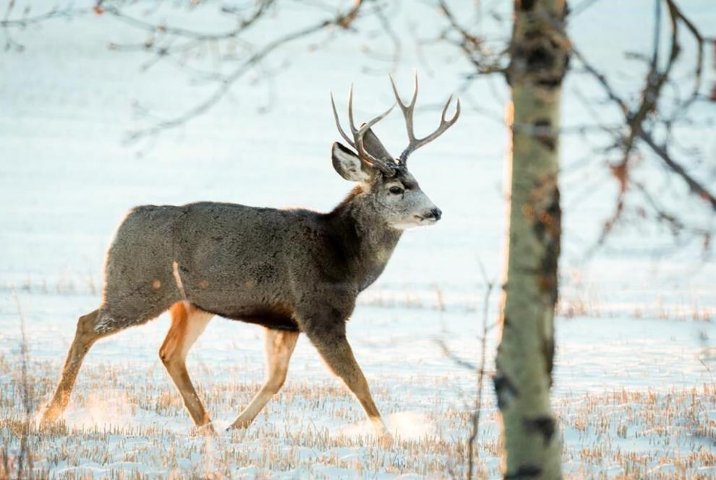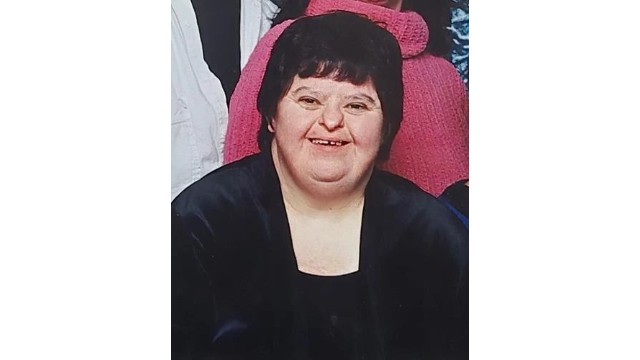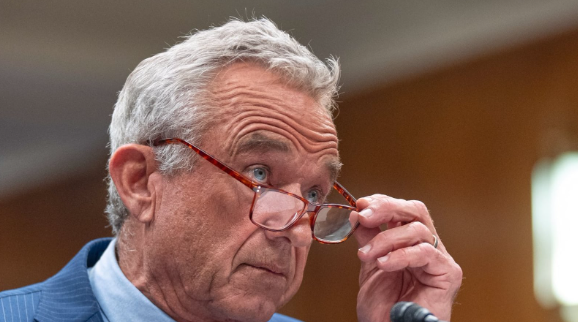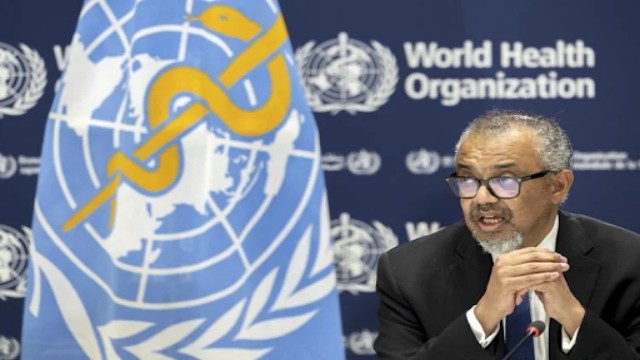
A mule deer buck forages for food as the sun rises near Dog Pound, north of Calgary, on Saturday, Jan. 13, 2024. The B.C. government is taking steps to curb the spread of a disease that's deadly for deer, elk, moose and caribou after the discovery of the province's first cases of chronic-wasting disease. THE CANADIAN PRESS/Jeff McIntosh
The government of British Columbia is taking action to control the spread of a disease that poses a significant threat to deer, elk, moose, and caribou populations following the identification of the province's initial cases last month.
According to a statement from the Ministry of Water, Land, and Resource Stewardship, the government has implemented compulsory testing for chronic wasting disease in the vicinity where the cases were identified, based on samples from two deer.
Furthermore, B.C. is imposing restrictions on the transportation and disposal of any deer or similar animals in the region extending south from Cranbrook to the Canada-U.S. border, encompassing a portion of the southeast corner of the province.
The ministry urges individuals who observe an animal in the deer family displaying symptoms such as weight loss, stumbling, or general signs of illness to report their observations.
While there is no conclusive evidence indicating that the disease can be transmitted to humans, Health Canada advises against consuming the meat of an infected animal to mitigate any potential risk of illness.
The province's comprehensive surveillance and response plan for chronic wasting disease was finalized last summer. It underscores that the diagnosis of a case in the province could have extensive implications for conservation, society, and the economy.
As outlined in the ministry's statement released on Tuesday, B.C.'s wildlife veterinarian is spearheading the response to the detected cases, with assistance from an advisory committee and regional working groups comprising First Nations representatives, chronic wasting disease experts, and other stakeholders.















